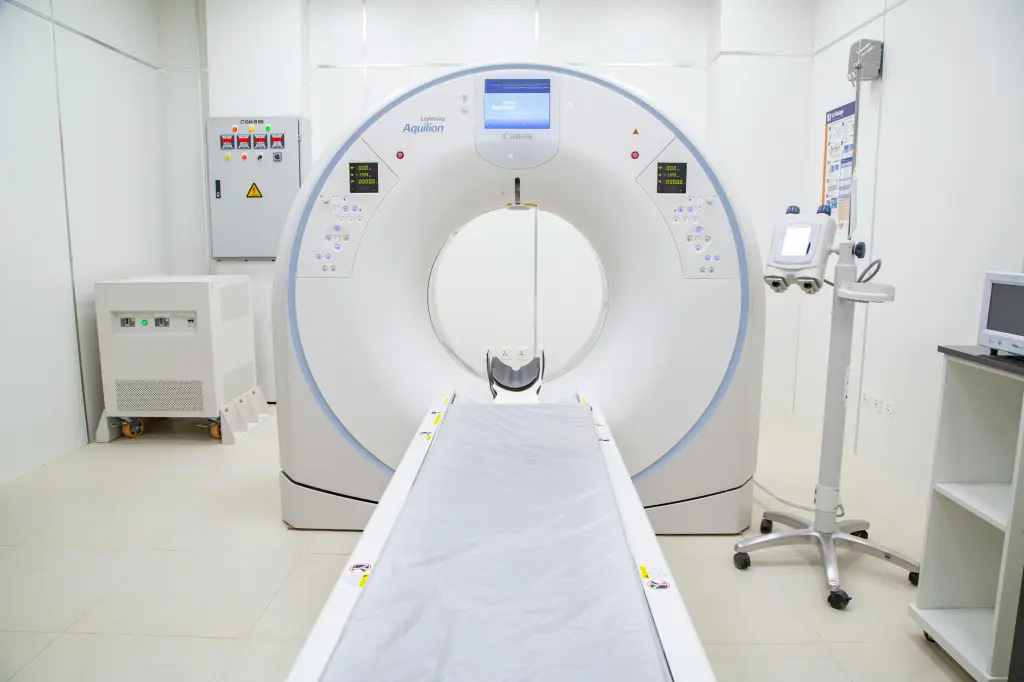In recent years, researchers have uncovered concerning insights into the long-term effects of brachytherapy for prostate cancer. While this treatment has been widely used for its convenience and effectiveness, new findings suggest a potential increase in the risk of secondary cancers developing years after treatment.
Understanding Brachytherapy
Brachytherapy is a form of radiation therapy used to treat prostate cancer by implanting small, radioactive pellets, or “seeds,” directly into or near the tumor site. Unlike external beam radiation, which involves multiple sessions over several weeks, brachytherapy typically requires just one outpatient procedure. The radioactive seeds emit radiation at a dose that gradually decreases over the course of a year, aiming to target cancer cells precisely while minimizing exposure to surrounding healthy tissue.
Despite its advantages, including a single treatment session and localized delivery, brachytherapy has faced increased scrutiny as new advancements in external beam radiation offer high-precision targeting with potentially fewer long-term side effects.
Study Methodology and Findings
A decade ago, Canadian researchers embarked on a study to assess the risk of secondary malignancies among men treated with brachytherapy compared to those who underwent prostatectomy (surgical removal of the prostate). The study focused on patients treated in British Columbia between 1998 and 2000. The initial findings, published in 2014, indicated no significant difference in the rates of secondary cancers between the brachytherapy group and those who underwent surgery, nor between the cancer patients and the general population.
However, the latest data, published in April 2024, reveals a different picture. The updated study tracked patients for up to 20 years and found that the incidence of secondary malignancies, particularly in the pelvic area, was notably higher in the brachytherapy group. Specifically:
- At 15 years of follow-up, 6.4% of men treated with brachytherapy developed secondary cancers.
- This rate increased to 9.8% after 20 years.
- In contrast, the rate of secondary pelvic malignancies among men who had undergone surgery was significantly lower, with 3.2% at 15 years and 4.2% at 20 years.
Interestingly, the study did not find a significant difference in the mortality rates from secondary malignancies between the two treatment groups, suggesting that while the risk of developing new cancers is higher with brachytherapy, these cancers do not necessarily lead to a higher risk of death.
Expert Commentary
Dr. Anthony Zietman, a prominent radiation oncologist and professor at Harvard Medical School, reflects on the study’s implications: “This research highlights a concerning reality about radiation treatments for prostate cancer, whether brachytherapy or external beam. Over the years, the risk of developing radiation-induced malignancies, particularly in adjacent organs like the bladder and rectum, increases. Although these cancers are often treatable, they present a significant long-term risk for patients.”
Dr. Zietman emphasizes the importance of considering this risk, especially for younger patients with a long life expectancy. He advises that these findings should prompt careful deliberation when choosing treatment options and underscore the need for regular follow-up visits to monitor for potential long-term complications.
Implications for Prostate Cancer Treatment
For men undergoing treatment for localized prostate cancer, the choice between brachytherapy and other forms of treatment must weigh the benefits against potential long-term risks. The increased risk of secondary malignancies associated with brachytherapy calls for an informed discussion between patients and their healthcare providers. It is crucial for patients to be aware of these risks and to engage in ongoing monitoring to manage and mitigate potential complications.
In conclusion, while brachytherapy remains a viable treatment option for prostate cancer, the latest research underscores the importance of considering long-term outcomes and engaging in informed decision-making about cancer treatment strategies.








